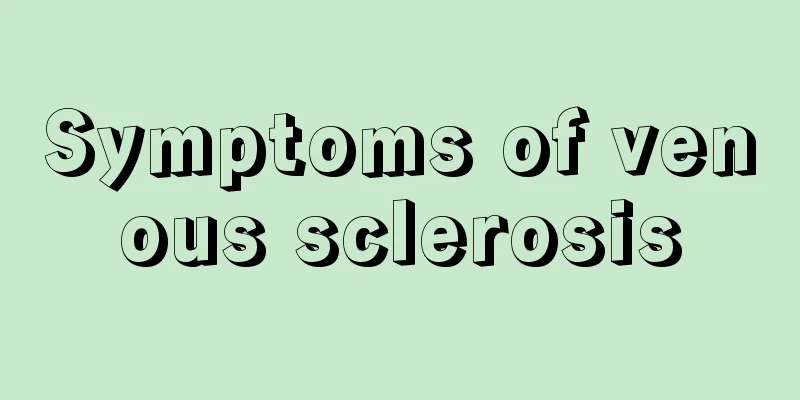What are the hazards of glioma

|
Glioma is familiar to everyone. It is common in young male friends. Relevant epidemiology shows that the incidence of glioma is increasing year by year. Oncology experts suggest that glioma should be detected and treated early to prevent serious complications. So, what are the hazards of glioma? 1. The tumor damages the surrounding tissues, infiltrating and destroying them, and causing corresponding focal symptoms. That is, wherever the tumor grows, it will damage that area. If it grows to the frontal lobe, it will affect memory, emotions, spirit, language, personality, thinking, etc. If it grows to the parietal lobe, it will affect limb movement, limb sensation, urination, and defecation. If it grows to the occipital lobe, it will affect vision and field of vision. If it grows to the cerebellum, it will affect the coordination function of the whole body. If it grows to the brainstem, almost all the symptoms you can think of will appear! 2. As the glioma grows, the local intracranial pressure is the highest, and a pressure gradient is generated between the various intracranial cavities, causing brain displacement. Gradually worsening, brain herniation is formed. Supratentorial cerebral hemisphere tumors can cause subfalcine herniation, and the cingulate gyrus can move across the midline, which can cause wedge-shaped necrosis. The pericallosal artery can also be compressed and displaced, and severe cerebral infarction in the supply area can occur. More important is the tentorial notch herniation, that is, the medial sulcus of the temporal lobe shifts and herniates through the tentorial notch to the posterior cranial fossa. The ipsilateral oculomotor nerve is compressed and paralyzed, the pupil is dilated, and the light reaction disappears. The cerebral peduncle of the midbrain is compressed to produce contralateral hemiplegia. Sometimes the contralateral cerebral peduncle is compressed on the edge of the tentorium or the tip of the bone, producing ipsilateral hemiplegia. The posterior choroidal artery and the posterior cerebral artery can also be compressed, causing ischemic necrosis. Finally, compression of the brainstem can produce downward axial displacement, leading to infarction and hemorrhage in the midbrain and upper pons. The harm of glioma cannot be ignored. If it is not treated in time, patients with glioma will have various complications, which will seriously affect the patient's health. In fact, glioma is not terrible. As long as it is discovered in time and the patient is treated systematically, the condition of patients with glioma can be improved or even completely cured. |
<<: What are the symptoms of thyroid cancer
>>: Can thyroid cancer cause death?
Recommend
What are the causes of stomach pain and frequent hiccups?
Many people's stomachs are not in good condit...
How much does a testicular cancer test cost
How much does it cost to check for testicular can...
How long does it take for seminal vesiculitis to heal?
Nowadays, many male friends are under great press...
Dishes suitable for office workers to bring along
Many office workers' offices are far from hom...
What should I do if my lips are red and swollen?
When your lips are red and swollen, you should pa...
How can thyroid cancer be diagnosed? What are the common symptoms of thyroid cancer?
To diagnose thyroid cancer, you can first look at...
What are the early symptoms of gastric cancer
Nowadays, many office workers work overtime and n...
The difference between irritable bowel and bowel cancer symptoms
There are obvious differences in the symptoms of ...
The truth about goose egg white fetal toxicity is actually like this
Goose eggs are a common folk remedy for clearing ...
The place where the rabies vaccine was given is red and swollen
In daily life, if you are bitten or scratched by ...
What is the method to clean glass scale
Glass is crystal clear. It is not only windproof,...
What are the signs of early lung cancer? Know the symptoms of early lung cancer
Lung cancer is also a type of cancer that ends hu...
Early detection methods for lung cancer
How to detect lung cancer in the early stage? Lun...
Normal value of penis blood flow
The male reproductive organs are a very important...
What are the symptoms of benign nasopharyngeal carcinoma?
Symptoms of benign nasopharyngeal cancer usually ...









